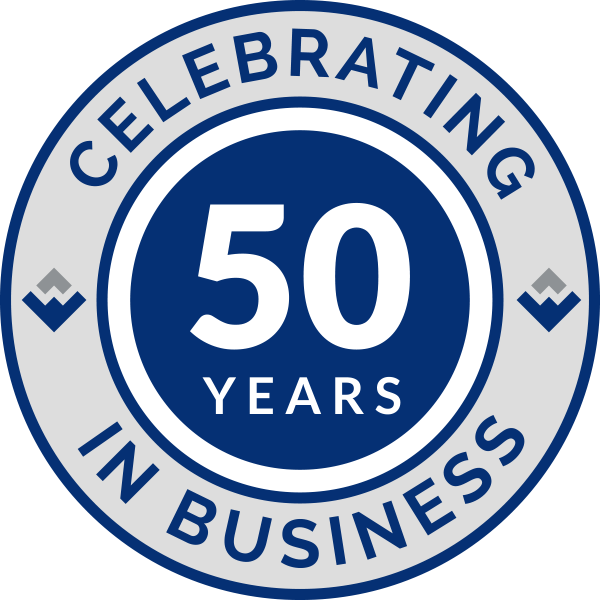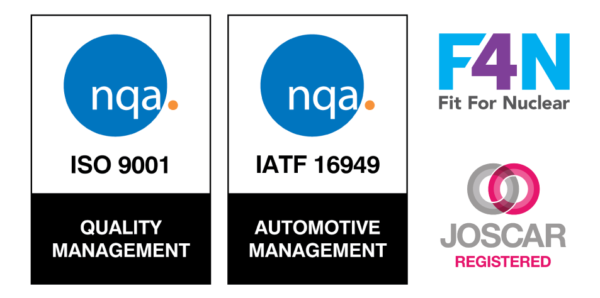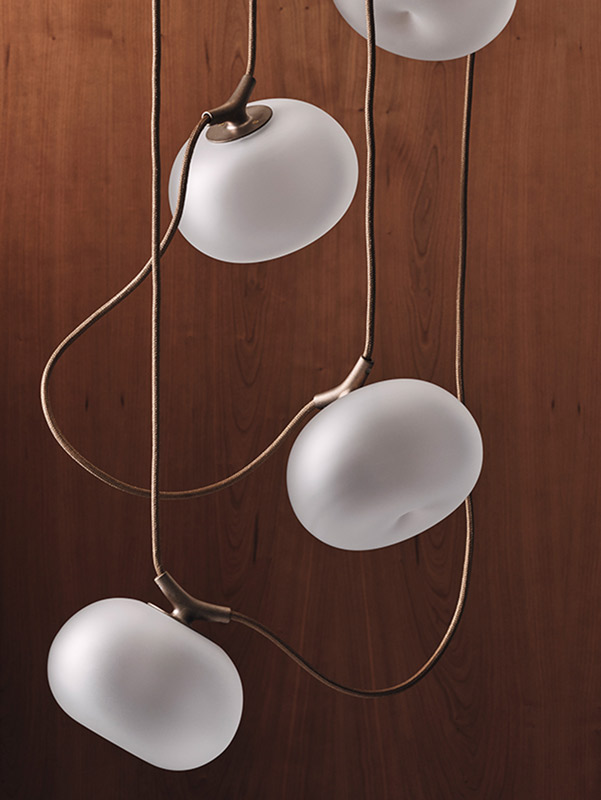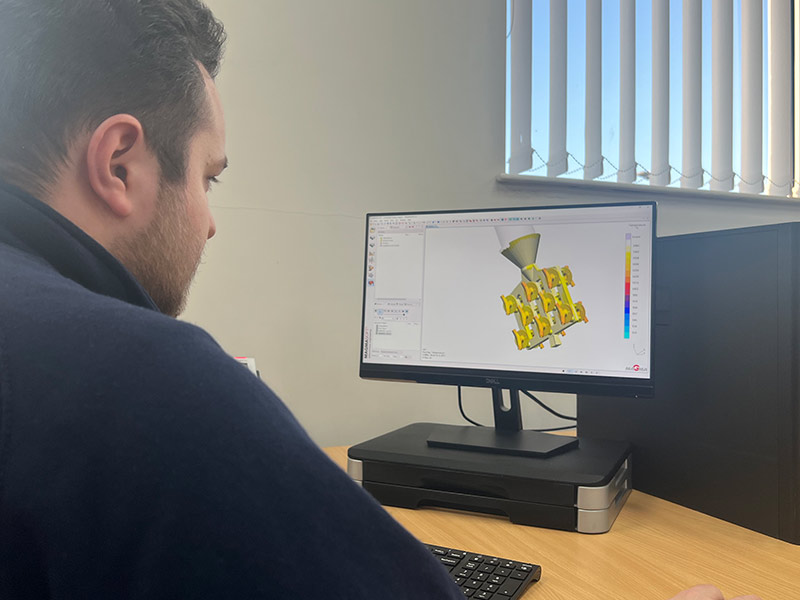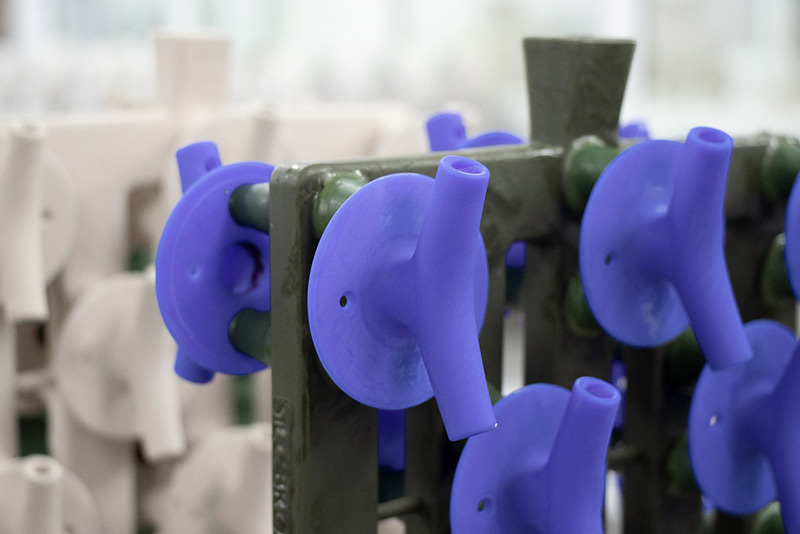Rapid Prototyping a Silicon Bronze Investment Casting for the Melina Pendant.
Investment Casting using 3D Printing
CUSTOMER
Hand & Eye Studio, London, designed by Mentsen.
PRODUCT
The Melina Pendant, originally designed by Mentsen with Hand & Eye as a manufacturing partner, available as a series of modular pendants.
MANUFACTURER
Due to the complex shape, the designers realised that their new parts had to be either investment cast, or 3D metal printed. After extensive research and some testing, they realised that the 3D metal printed parts required additional surface finishing, due to the printing ‘build lines’. The company then focussed their attention on the investment casting process, which would eliminate these issues and was a less expensive option.
Mentsen & Hand & Eye (based in London) wanted to work with a company based in the UK, which could offer flexibility in volume of production. They contacted Lestercast Investment Casting Services on recommendation…
MATERIAL
Mentsen chose silicon bronze, purely for aesthetics. The Melina Pendant is a statement piece, of quality, style and simplicity. A high-quality surface finish was an extremely important aspect of the design.
THE PROCESS
When Lestercast received the first design drawings from Mentsen, the component design had a wall thickness of 1.5mm. At this point, Lestercast engineers recommended that this was increased to 2mm. This alteration would allow easier liquid metal flow during the investment casting process and help to eliminate any casting defects. Due to the nature of the part, the increase in wall thickness would not affect the performance (as the component is not weight restrictive) and after consultation, it was agreed to modify the design.
MAGMASOFT® simulation software was used to confirm the best feed technique, enabling the correct directional solidification and eliminate shrinkage.
3D PRINTING OF WAX PATTERNS
Mentsen & Hand & Eye decided to use our Rapid Prototyping services. Wax patterns were produced using 3D printing. 3D printing wax patterns, has many advantages over traditional tooling, such as reducing lead times, lower start up costs and the option to modify the design indefinitely – before committing to production tooling.
If the customer only wishes to produce low quantities of their component, this process is cheaper, but gives the option to produce tooling for higher quantities at a later date.
